Artist Francisca Benítez writes about how her performance practice questions the limits of hearing/oralist communication in conjunction with communication methods employed by Deaf communities in order to open up new collaborative possibilities.

Communicating Bodies
I grew up in Chile in the arms of a loving family in a remote place called Pichingal, located in the Maule region, where I was always in close contact with nature. Visitors were a big deal, and we received them with a full spectacle: we recited poems, did theater, danced, sang; but the best part was always when my father, who was Deaf, [1] performed his classic tragicomic “mimes,” El barbero, El tambor mayor and La Matadero-Palma. At the time, I had no idea that what my father was doing was part of a rich Deaf literary tradition and that it would later have a great impact on my artistic practice.
My father, Francisco Benítez, was educated in Santiago in a school for deaf children where, in spite of the repression of sign language that was enforced as part of the school’s oralist teaching method, the students used it to communicate among themselves. Thus, a bilingual space was created between oral Spanish and Chilean Sign Language (LSCh), a habit that he would always maintain, since my father used his voice and lip-reading to communicate with hearing people, including us, his family. In his youth, he was very active in the Deaf community; he even represented Chile at the World Congress of the World Federation of the Deaf in Washington in 1975.
In my mother (a hearing person), he found an inseparable companion for adventures. They fell in love, traveled, and then decided to settle down in the countryside to start a family. They had six children, they renovated the house, sowed, and harvested. During my childhood, my siblings and I learned only some basic signs. However, I have vivid memories of all of the times my father’s Deaf friends came to visit. It was in those moments when I saw him communicate with his friends in sign language that I marveled at the fluidity, the frank laughter, the harmony, the deep emotional and linguistic bonds, and I said to myself: “someday I will learn…”

This day came late, but it finally arrived and sign language opened up before me like a huge panorama with endless possibilities. My early proximity to it was sufficient for me to appreciate the culture associated with the language. Facial expression and iconicity allow you to quickly begin [2] to learn a language based on signs. With regards to structure, every sign language has a certain percentage that is iconic and another large percentage that is arbitrary. The formal closeness between the meaning and the signifier of these iconic signs makes it possible for the hearing to find a point of entry into this form of communication.
Grammar is also different for it begins by establishing a situation. One does not say: “I climb a tree,” one says: “tree, I climb.” The sentence is generally ordered beginning with the most visible thing outside of oneself, followed by pronouns and verb. Like editing in cinema—cutting from one character to another, or from a wide shot to a close up—speech in sign language moves in the same way, interspersing characters and actions at different stages. Facial expression, unlike in oral communication, is part of the grammar: it is not an exaggeration, it is part of the word. It is not enough to make the sign of “happy,” you have to appear happy to make that sign.
In addition to the structure of the language, when getting to know this culture, we learn of its worldwide resurgence in the seventies. The struggle of Deaf communities to use their respective sign languages is long, complex, and involves their particular stories of oppression. The International Congress of Teachers of Deafmutes [3] of 1880, better known as the International Congress of Milan, was a bitter milestone that had global implications for these struggles, the result of which was that the “oralist” conception of deafness—which represses sign language and considers deafness to be only a “disability” [4]—prevailed in the education of Deaf people for almost a century.
In the sixties, sign language was revalued thanks to such work as that of William Stokoe, which demonstrated the legitimacy of sign languages, or of Michel Foucault, which dealt with power relations in social institutions. These examples, together with the new perspectives offered by postcolonial, subaltern, and educational studies, and the social movements and political actions led by Deaf associations, began to change the paradigm. In the last decades we have witnessed the recognition of sign languages in the legislations of different countries. In Mexico, for example, this happened in 2003, and in Chile, in 2010. The International Convention on the Rights of Persons with Disabilities, approved by the General Assembly of the United Nations in 2007, was the first international treaty to recognize sign languages and the linguistic human rights of Deaf people. Likewise, new spaces for sign languages were opened in long-abandoned areas such as education and the arts. [5]
Beyond performance, any practice that works with space—installation, sculpture, architecture, etcetera—can be enriched by the challenges that Deaf culture brings to the table. A notable example has been the experience of the architecture firm LTL Architects in conjunction with the University of Gallaudet, creating a new building on its campus that reflects the principles of DeafSpace. [6] In David Lewis’s words: “It’s not about getting comfortable, it’s really about using the experience of the Deaf as a challenge to make a better space. Not only for the Deaf, but for everyone. [7]”

My artistic practice emerged from the field of architecture and urban studies. I investigate the ways in which we inhabit space, and my work is deeply linked to the places where I live and the communities with which I interact. My first works were documentary-essays in video and photography about ephemeral architectures—temporary occupations of public space created by people and communities as means of survival or ritual use. In recent years, my work has evolved by incorporating performance and direct action through works that subvert established limits and create unexpected areas of coexistence, interaction, friction, and dialogue. In 2008-2009 I created Property Lines, a performance that consisted in the temporary occupation of 76 property lines in the streets of New York, documenting the action through graphite rubbings of the existing demarcations embedded in the ground. Since then, the body in public space, and the ways in which encounters between bodies and the construction of collective imaginaries happen, is one of my main concerns. This interest was exacerbated by the eruption of Occupy Wall Street and the multiple social movements that claim the importance of public space in democratic processes.
As a young woman I had the opportunity to witness popular poets—payadores, as we call them in Chile—competing in Molina. I was impressed by the mixture of improvisation, structure, and personal thoughts, spun together in the moment through collective creation and in strict meter with all its music. This relationship between structure and improvisation is something I try to reproduce in my performances. In As you lean on me and I lean on you, we move forward, this manifested itself in a swarm of performers who moved through the High Line and who individually triggered a series of group compositions in the form of a sign “jam session.” Improvisation and movement adapt to different types of spaces through the course of the piece, and, at the same time, the qualities of those spaces influence the discourse.

In Canto Visual, [8] I started from the communicative and literary richness of sign language to transform, in conjunction with the Deaf community, the Museo de Artes Visuales (MAVI) in Santiago into a LSCh sign language school. It was an interdisciplinary, experimental, and collective space that centered on the Chilean Sign Language and which suspended the power usually exerted by a linguistic majority of those who are able to communicate orally over a linguistic minority that communicates through signs, granting visuality the primordial role at work in language. With this piece, I sought to demonstrate ways through which everyone’s communication could be enriched in central spaces of visual art, considering often ignored perspectives. I also wanted to call attention to the architecture of the museum, revealing it to be a Deaf space. The performance uses the balconied space of the museum—which provides generous lines of vision, transparencies, wide circulations, neutral surfaces, and appropriate lighting—such that the particular spatial qualities of the MAVI formed an integral part of the structure of this performance.
As part of Canto Visual, we conducted an interpretation workshop in LSCh in which we proposed to interpret Pablo Neruda’s Canto general. When we were confronted with words without an equivalent sign—the word erotic, for example—the workshop began to function as a laboratory of neologisms. Working from a perspective of artistic pedagogy, Deaf and hearing began to discuss together creating a new possible sign. This was relevant because Chilean Sign Language has been used in recent years by evangelical religious communities, which develop the language within a religious framework with the purpose of using it to evangelize—a purpose in which the word erotic has no place. As a counterpoint, this exercise generated a secular, pluralistic, and experimental space that made it possible to push the language further, stimulating its development and expansion.

Despite the intention behind it, when I look back, I think that this exercise reproduces colonialist attitudes that I try to challenge, since in it we interpreted into sign language poetry conceived in an oral-written language. This self-criticism, in addition to the deepening of my learning since then, led me to develop Has dado al mundo tus canciones, a poem composed in signs, conceived under the linguistic logic of sign language and using a visual sequence that appears frequently in Deaf poetry (a sequence of hand shapes from the number one to ten). [9]
Likewise, in 2015, I made Son en señas at the XII Havana Biennial, a participatory work that was born from a poetry workshop in Cuban Sign Language, organized together with members of the National Association of the Deaf of Cuba (ANSOC). Since the work was conceived of as a meeting point to better understand the heterogeneity of the local culture, we worked with original poems by the participants and with an anthology by Nicolás Guillén in a constant drive between group dynamics, duets, and soloists to create an experimental exercise in collective construction where everyone learned from a horizontal position.
Discurso Visível amplifies the speech of the participants, expanding it through the bodies sharing that specific space and time, with the intention of rendering visible something that has been omitted. Visual arts spaces provide an immense opportunity to inaugurate areas of intersection, as the audiences usually come with a sensitive and curious disposition, which can facilitate a means of introduction between communities, individuals, and institutions. This possibility of the rupture of individual alienation allows for the extension of the effects that linger after the encounter with the piece or the performance itself, effects that question the body itself and its communicative possibilities beyond orality.
Awkward is an English word that could be translated into Spanish as clumsy, weird, or strange. Most of the performances I have done involve inhabiting the clumsiness of the encounter in visual arts exhibition spaces in order to highlight that which we find difficult in the field of communication, the curatorial and museographic mediation, and its relation to the vulnerability that is revealed in the confrontation with the artistic work. In my performances I am a kind of facilitator whose objective is that this initial awkwardness not end in a digression or in a misunderstanding, but rather that this clumsiness allow for a real coming together that could be pleasant, funny, and cozy as well as surprising. Finding ourselves, despite that clumsiness.
My intention is to produce openings, connections, seeds—perhaps small—that have the possibility of generating replicas and that can trigger, enable, or simply imagine necessary social processes.
I seek to produce a kind of de-acceleration, the creation of a particular time and space, where it is possible to meet face to face, to share states of vulnerability of the (dis)encounter. The performances I have created where the presence of sign languages is central are not false montages “so that the hearing people will congratulate themselves for their solidarity”—as Slavoj Žižek said of the Jantjillazo [10] at the funeral of Nelson Mandela—rather they are works of art that I hope inaugurate other ways of understanding the world. My performances are genuine attempts to open up inclusive spaces of participation and open education, which exist in the borders between the symbolic, the experimental, and the practical. Their depth will also depend on the level of involvement of the spectators/ participants and the commitment of the institutions with which we work. Learning other ways to communicate is part of a process of decolonization, of questioning the systems of domination under which we live. Instead of eliminating or neutralizing the difference, welcome it to create a more complex culture.

These works are not solutions, they are disruptions, for they try to break a status quo and, in turn, integrate existing resources into a place or system. They operate non-violently, reconfiguring power relations, allocating resources, and distributing responsibilities. We are unique and unrepeatable beings who live in community. Extractive capitalism has us on the edge of the abyss with its permanent wars and extreme inequality, of which global warming and the imminent extinction of one million species are only two of its consequences. Could it be that body communication can give us clues as to why we have not yet managed to face this abyss? I think there is a lot to rethink here, and to do so it is necessary to find ourselves. Through art we can invent new forms of encountering and relating. I continue in this adventure, and while my father is no longer with us, his legacy and example are kept alive in ideas and in practice.

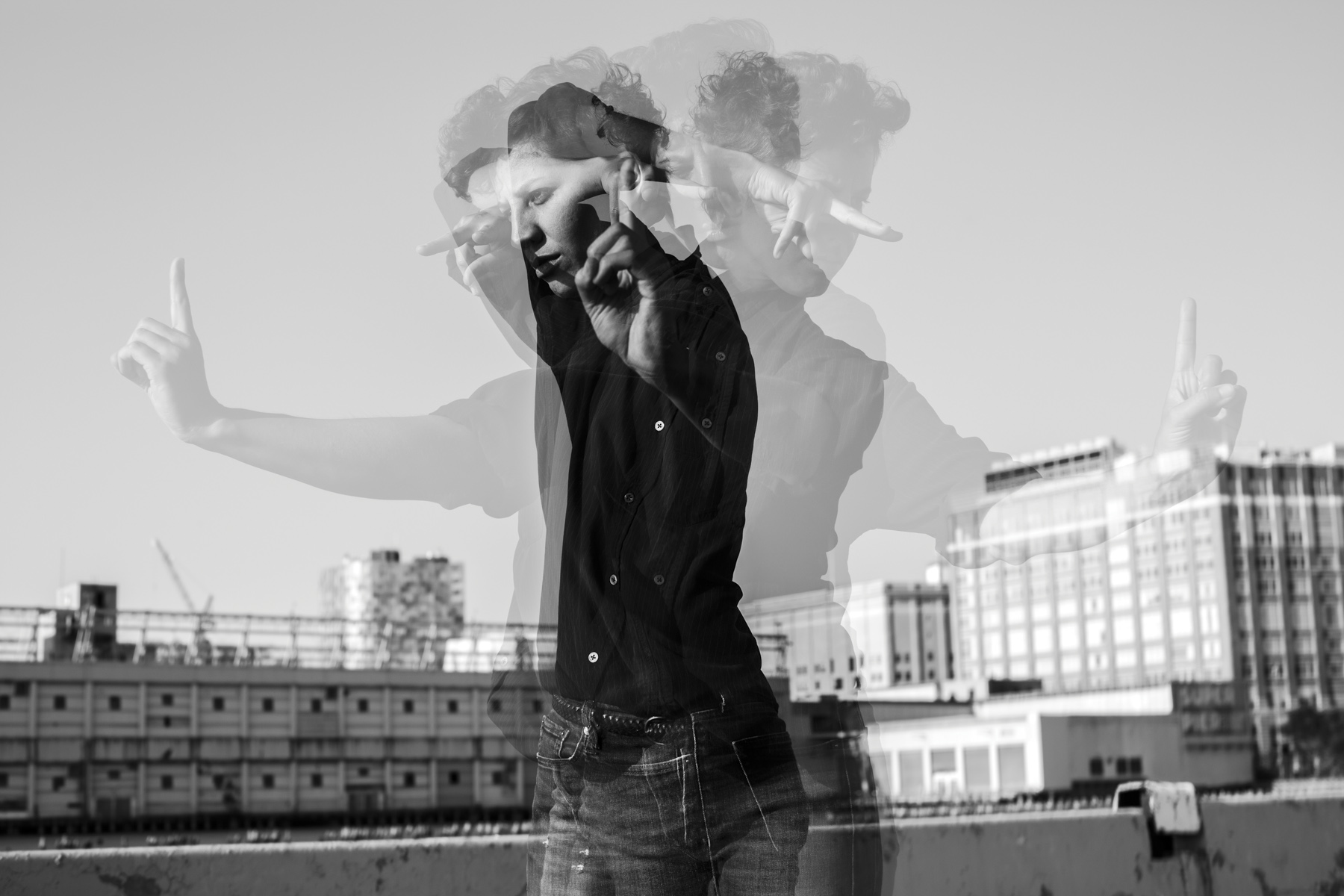
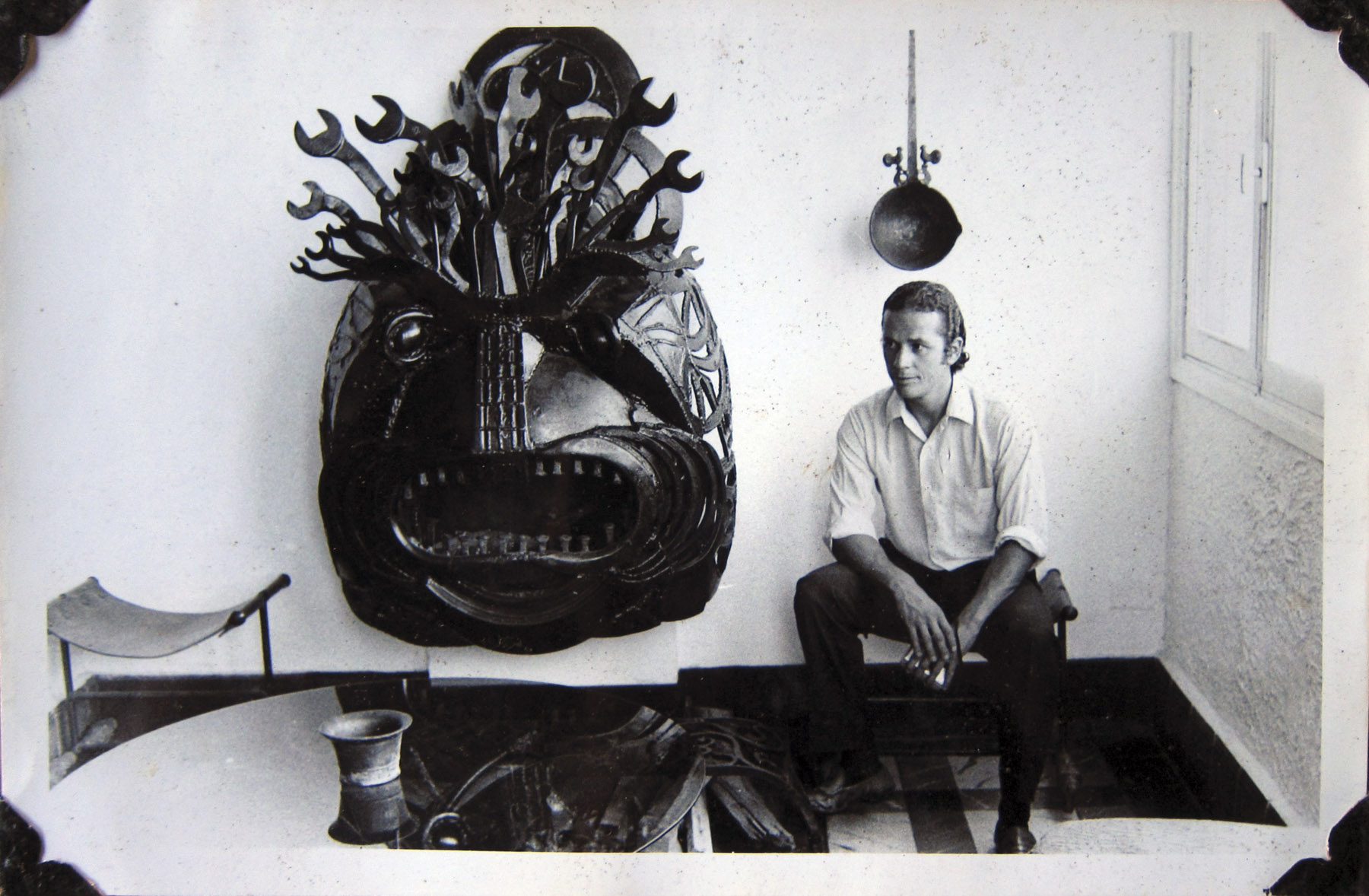
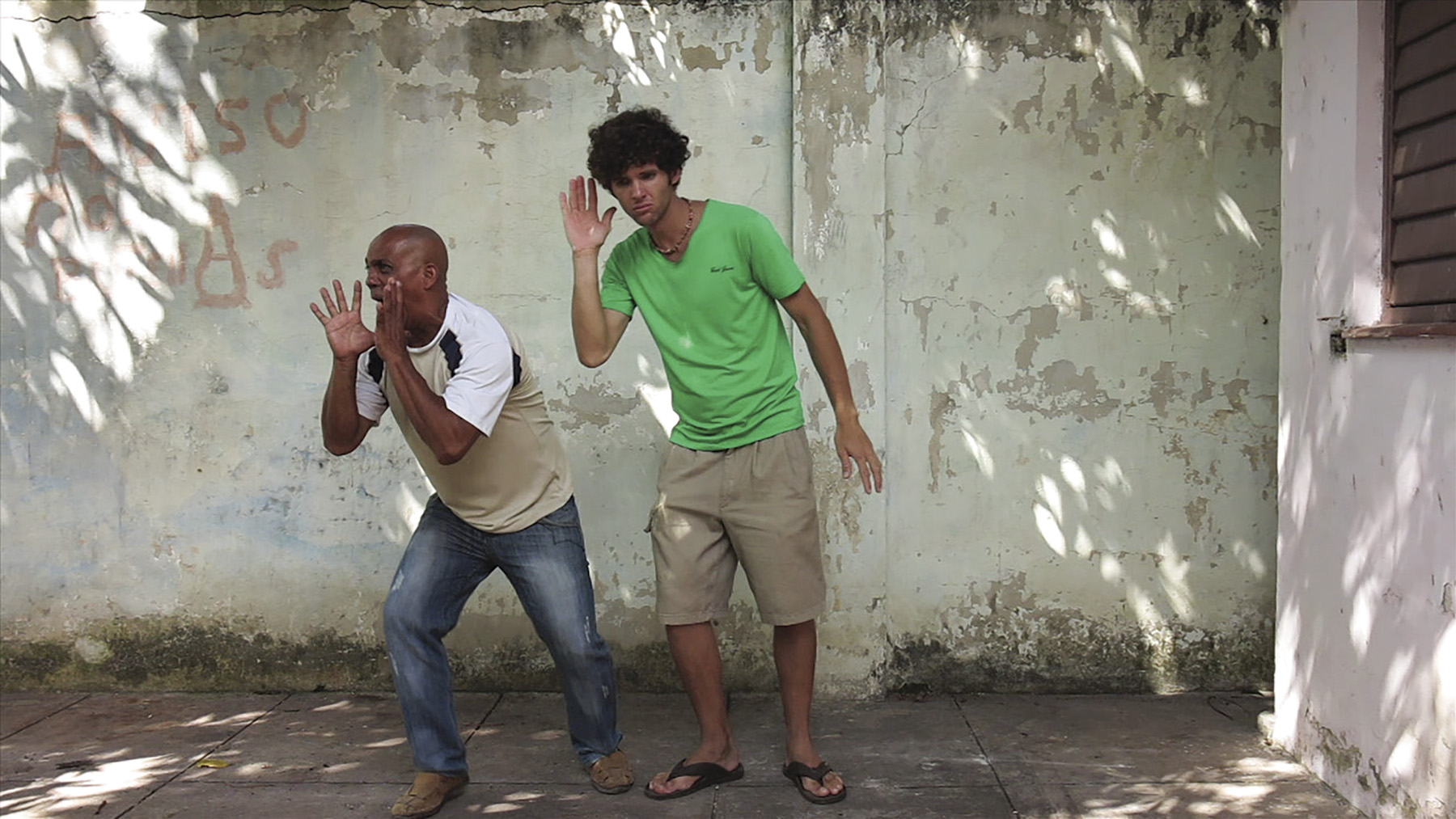
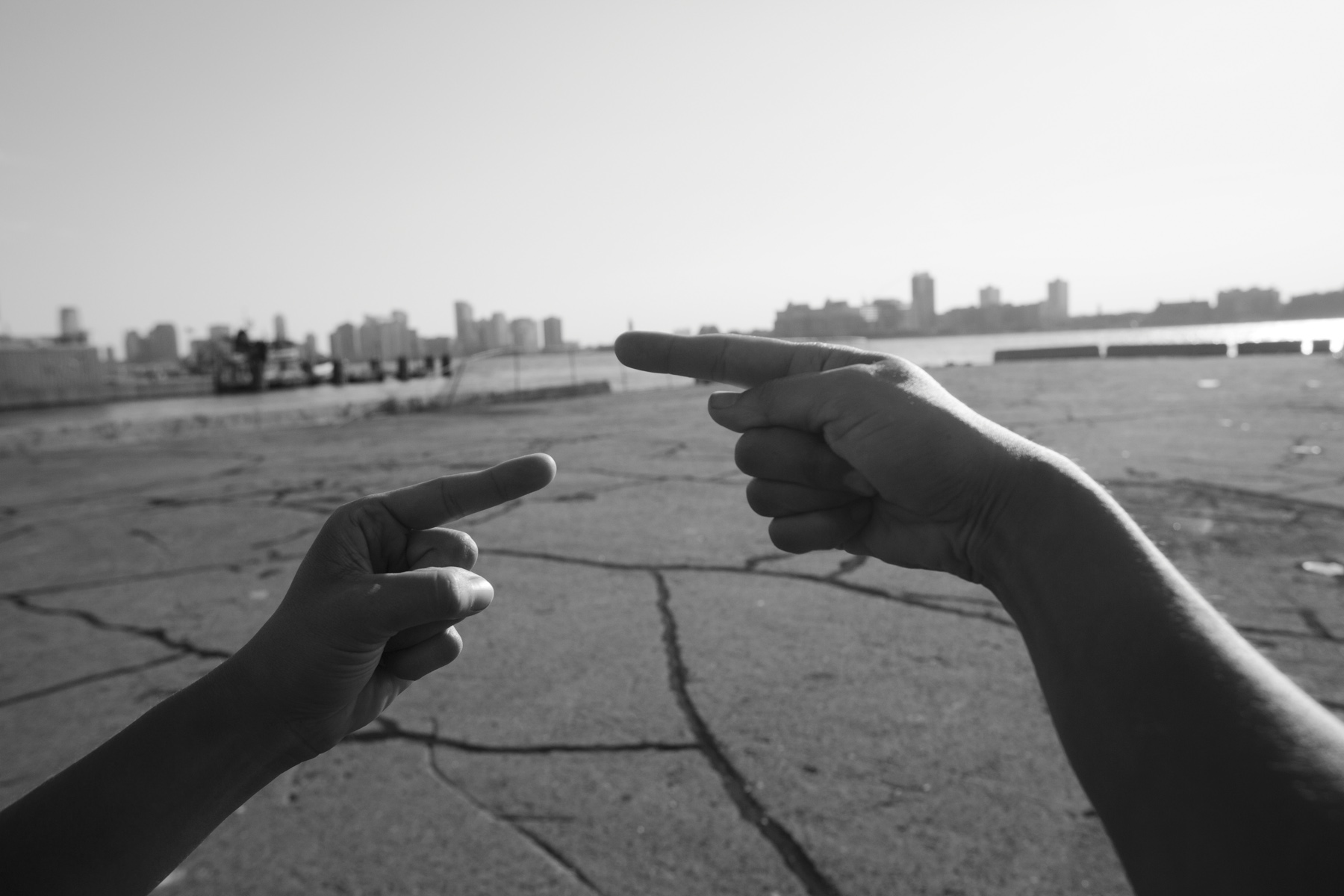
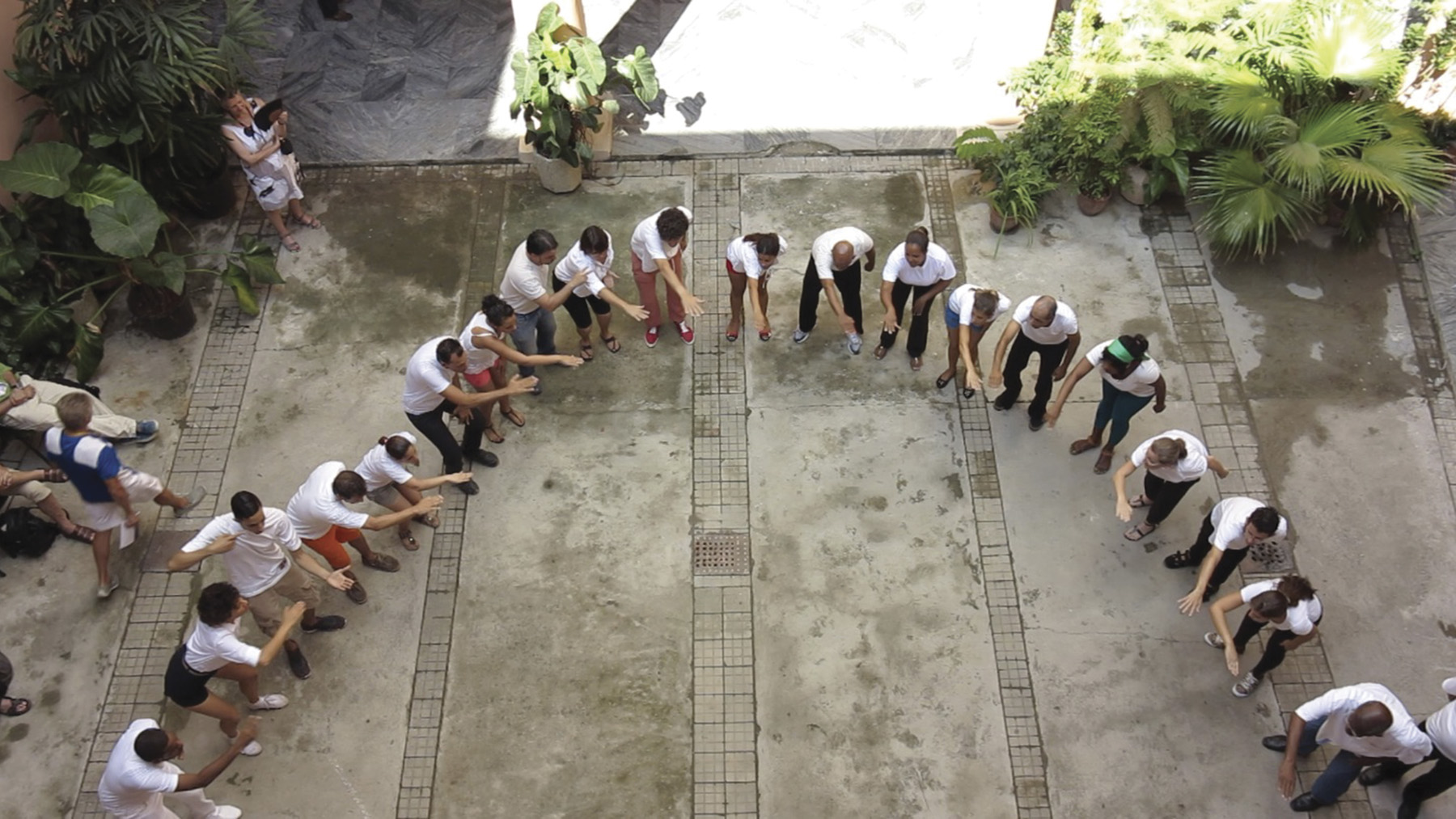
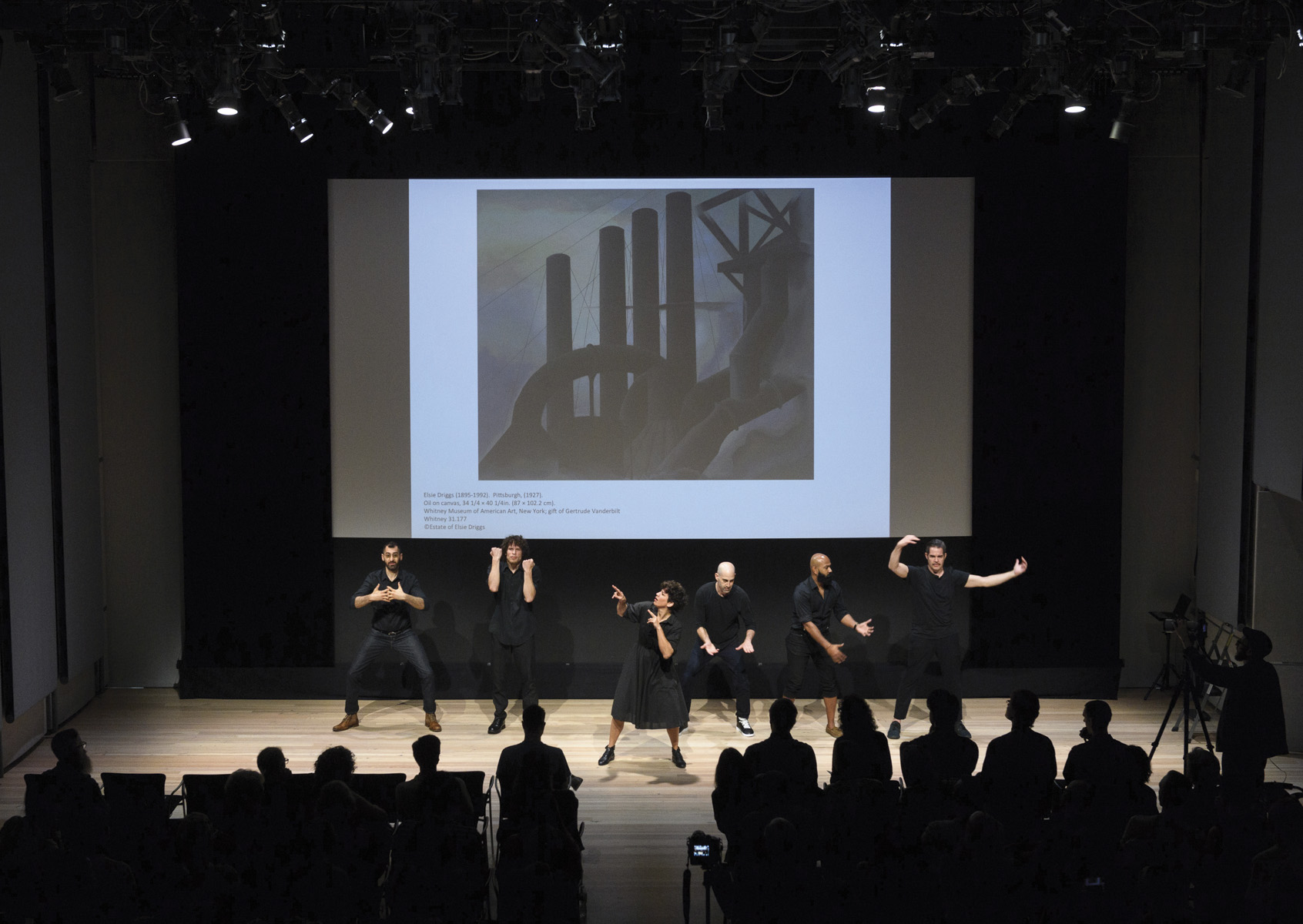
Comments
There are no coments available.